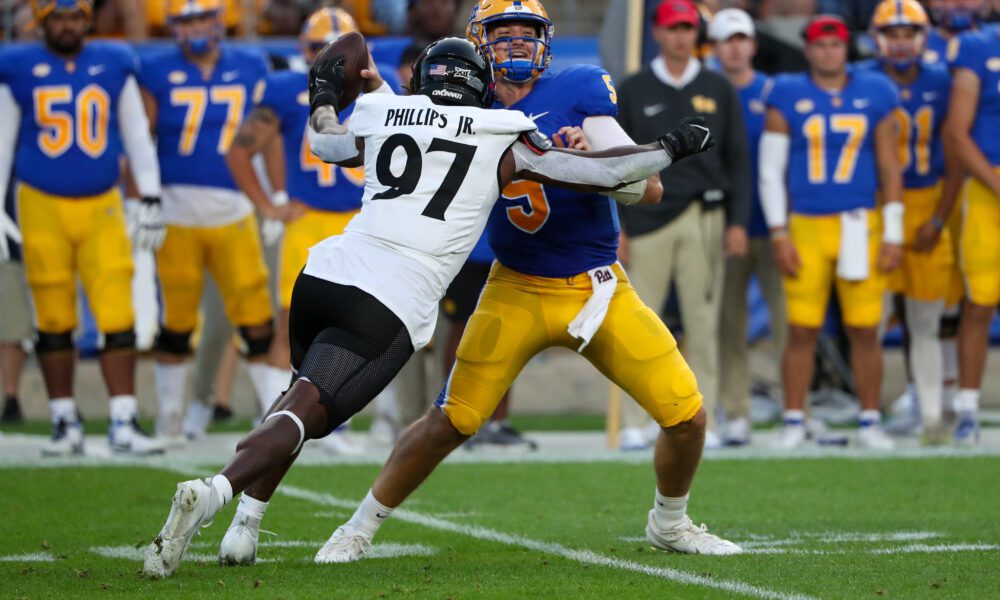RATNAGIRI, India — Hundreds of spectators shout and gesticulate as upbeat music blares from the loudspeakers. The breathless voice of a commentator drowns out the noise, trying to keep up with a racing team made up of two oxen hitched together and a man who looks as though he is being dragged through the mud behind the racing animals.
The horseshoe-shaped race track is separated from the action and the crowds of spectators only by a thin fence. The venue is Dervan, a small farming village in Ratnagiri, a district in the western Indian state of Maharashtra that is known for the cultivation of the Alphonso mango.
Covered from head to toe in grey mud, the driver looks like an apparition. His skills are put to the test as he maneuvers the animals around a U-bend. He must hold the reins tightly while controlling the speed of the oxen by pulling and twisting their tails. And he must do this while being half blind from the mud splashing in his face. If he drops the reins, his team will be disqualified.
One after the other, the teams race around the track and compete for ten winning places. This year’s winning team – out of over 100 participants – completed the 200-meter course in 21.44 seconds. Experienced drivers often compete more than once a day with different oxen.
A village committee organizes the annual race, known as Nagarni Spardha and a centuries-old tradition, at the height of the rainy season. The soft, muddy ground prevents serious injuries to the riders, who compete barefoot and without protective gear.
Many arrive in vehicles from surrounding villages after a bumpy ride over dirt roads. Some oxen have to be encouraged before the competition by men who pull them with ropes and prod them with sticks. Other oxen are overexcited and need to be controlled and calmed down.
The bullocks, which have names like Bullet, Sundar (meaning “beautiful”) and Raja (meaning “king”), are no longer used to plough the fields but are kept only for competition. Their horns are painted brightly and their bodies are sprinkled with colored powder before the race.




